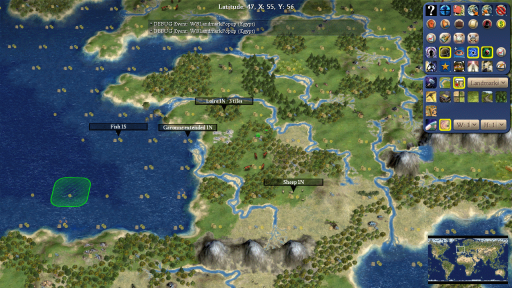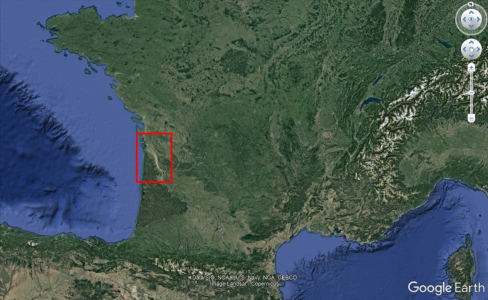Dracosolon
Emperor
Took a look at the actual in-game map and changed just a few things:

-Loire river moved north as I felt that was more accurate to the local geography.
-Extended the Garonne river, to represent the very noticeable Gironde estuary.

-Fish moved south to discourage settling Rennes over Nantes.
-Sheep moved north to make room for a potential Toulouse city/cottage.

-Loire river moved north as I felt that was more accurate to the local geography.
-Extended the Garonne river, to represent the very noticeable Gironde estuary.

-Fish moved south to discourage settling Rennes over Nantes.
-Sheep moved north to make room for a potential Toulouse city/cottage.
Last edited:

